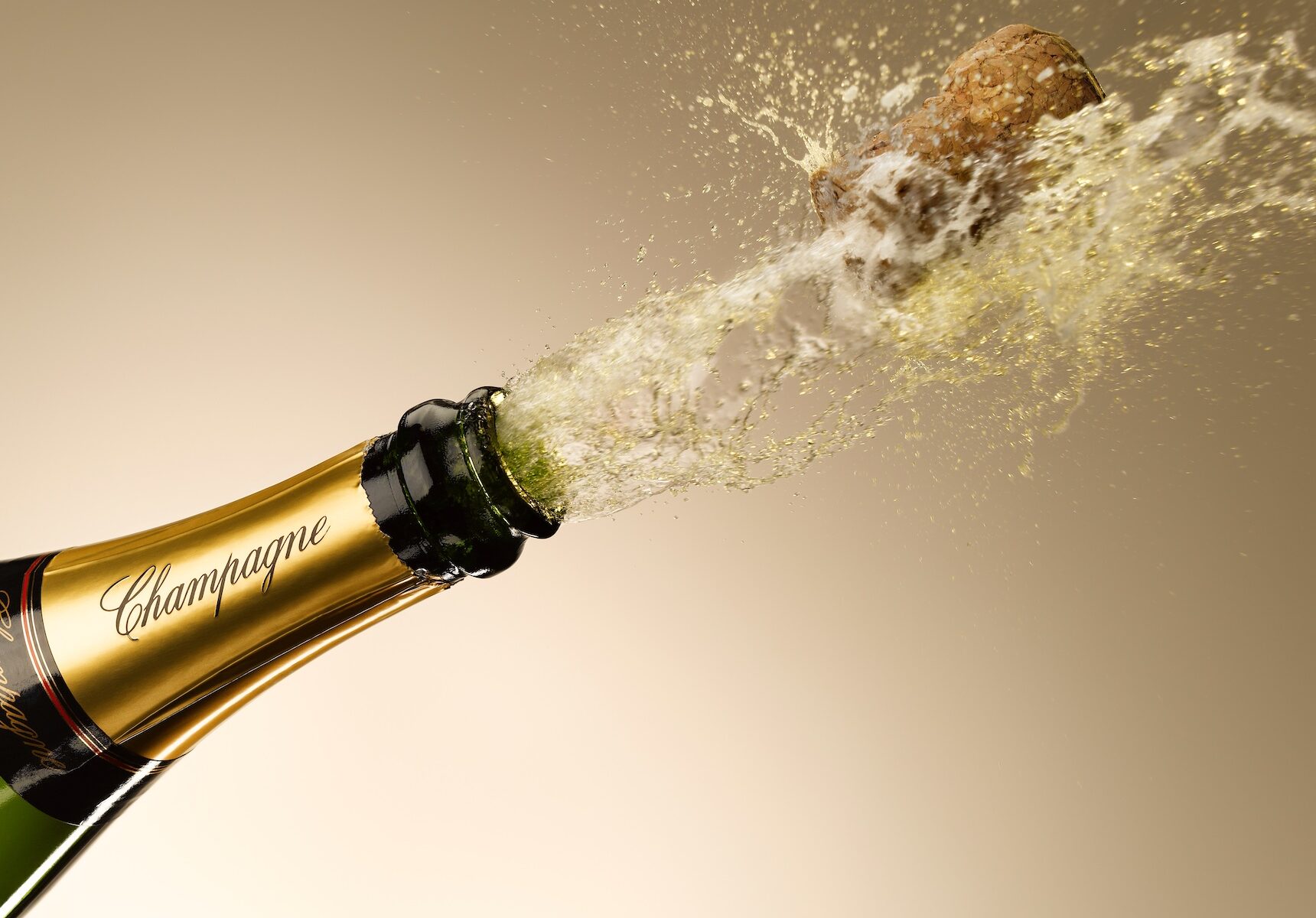Can returns from champagne investment sparkle?
Champagne’s credentials as the celebration drink of choice and a mark of status and wealth have been established for more than a millennium. When Hugh Capet was crowned king of France in 987 at the cathedral of Reims, the local wine of the – Champagne – region was served at his coronation banquets. But does that deep-rooted tradition make it a good investment today?
The wine drunk by Capet and his guests was not, in fact, the now-famous sparkling drink, but a pale, pinkish wine made from Pinot noir grapes – an unconvincing attempt to rival the produce of vintners in Burgundy. One of the problems was that winter temperatures in Champagne were so cold that it halted the fermentation process – which resumed in the spring, leaving bubbles of carbon dioxide in the wine.
Local winemakers, prominent among them the Benedictine monk Dom Pérignon, regarded the presence of bubbles as a fault that they sought to eliminate from the production process – apart from taste considerations, they often caused bottles to explode. However, the sparkling version was enthusiastically taken up by British customers, and it gained increasing popularity among royalty and the wealthy.
The oldest brand produced according to the so-called méthode champenoise is named after Dom Pérignon, who as cellar-master at the Abbaye Saint-Pierre d’Hautvillers between 1668 and 1715 developed many of the techniques now used by sparkling wine makers, alongside household names including Pol Roger, Cristal, Taittinger and Bollinger.
Expanding market
More than a millennium after Hugh Capet’s coronation, the market continues to grow steadily. A study by India-based Straits Research forecasts that worldwide sales will grow from an estimated $8.63bn in 2025 to $13.96bn by 2033. The majority of people who drink Champagne are among the wealthiest 10% of the population, and it remains a mark of status whose popularity is increasing as people around the world become richer.
Champagne’s popularity is growing in Asia, where rising wealth and an emerging middle class have boosted demand.
Champagne has long been fashionable among consumers in the UK and US, still the two largest export markets, but its popularity is growing particularly in Asia, where increasing personal wealth and the emergence of a middle class have boosted demand. In 2023, €59.5 million worth of champagne was exported to China, out of the country’s total sparkling wine imports of $78.5 million.
In general Champagne’s dominance within the sparkling wine segment has remained unchallenged, and it still has the strongest brand names, although it faces increased competition from cheaper alternatives. Prosecco from Italy has been building market share, along with cava from Spain; there is even a nascent sparkling wine industry in countries such as the UK.
Greater competition has prompted some Champagne manufacturers to look at new initiatives to boost demand. Moët Hennessy USA, for example, has launched Bottles and Bubbles, an interactive ‘skill’ on Amazon’s digital assistant Alexa offering information and tips about Champagne, including food pairings.
Champagne has higher average production levels than any other high-quality wine region in France, which keeps supply relatively buoyant, but demand has generally matched output growth.
Champagne as an investment
Champagne has higher average production levels than any other high-quality wine region in France, which keeps supply relatively buoyant. However, demand has generally matched output growth and remained consistent throughout economic cycles.
Over the five years to May 2025, Champagne has been the best-performing sub-segment in the Liv-ex 1000 index, which measures the relative investment performance of various categories of fine wines, with an increase of 23.3% – although its five-year growth was 93% at the end of 2022 – compared with 3% for the index as a whole.
Historically Champagne prices have proved less volatile than those for wines from other high-profile French regions such as Burgundy and Bordeaux. During the global financial crisis, Champagne’s maximum monthly decline was just 2.5%, compared with 15.0% for Bordeaux. Overall, it adds defensive qualities to investment portfolios, with less volatile returns and price turbulence than other wine investments.
Overall, it has offered defensive qualities to investment portfolios, with less volatile returns and price turbulence than other wine investments.
On the other hand, performance is not always very exciting – for instance, there was an extended period when prices remained flat for around three years from mid-2013. However, prices are less subject to different appreciation of vintages than Bordeaux wines, for example. Prices for the most prominent Champagne brands tend to appreciate over time regardless of vintage or quality.
Improvement with age
While overall Champagne prices have remained strong in recent years, there has been significant variation between different brands. The prices of Dom Pérignon and Cristal have increased significantly, while those for now less fashionable Bollinger have fallen by comparison.
In general, Champagne tends to be drunk sooner after production than red wines, so older vintages are scarcer and therefore more valuable. Although it goes against conventional wisdom, most experts agree that Champagne can improve with age in the same way as other wines.
Investors will normally go through a specialist wine merchant who offers not only a good knowledge of different vintages, but can help them store Champagne at the right temperature, and will also be able to arrange insurance against loss or damage. However, finding a reputable merchant who has the customer’s best interests at heart can sometimes be a challenge. It is worth shopping around or even visiting the region to see whom the growers recommend – and always to stay alert to potential investment scams.
An investment in premium-quality Champagne can be just as remunerative, if not more so, as investment in other fine wine; the market has proved largely stable despite economic turbulence, and consumer demand has proved remarkably resilient. And if it doesn’t work out as an investment, it can always give pleasure when served as an aperitif.


 Mortgage
Mortgage Personal loan
Personal loan Savings
Savings